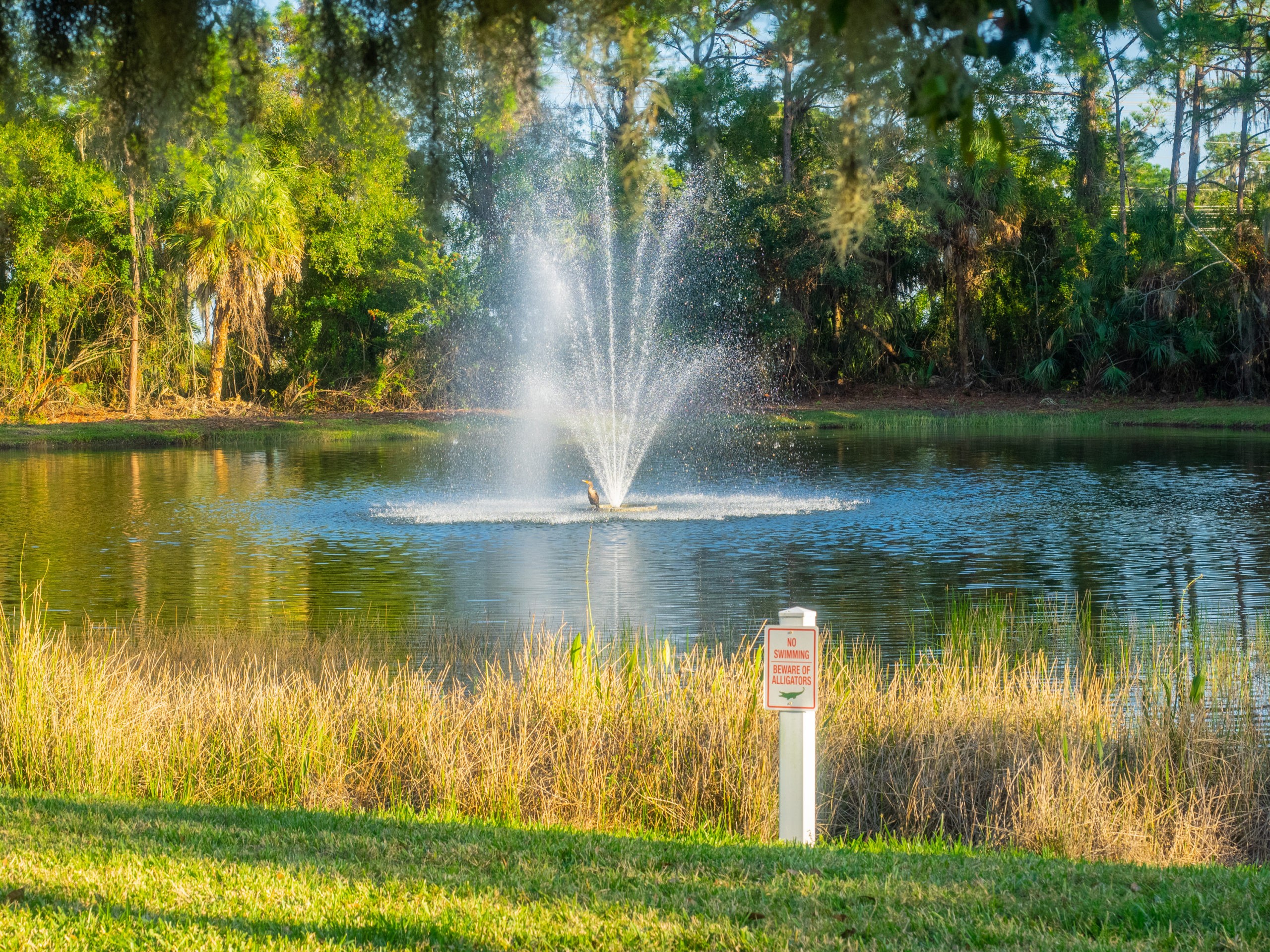
Florida’s first line of defense against water pollution rests in the backyards of thousands of residents who live on man-made lakes – more correctly known as stormwater retention ponds. Tracking the water quality in those ponds is critical, and volunteers across the state have joined Florida Lakewatch to monitor key parameters in their neighborhoods.
Established by the University of Florida in 1986, Florida Lakewatch is one of the largest lake monitoring programs in the nation with over 1,800 trained citizens monitoring 525 lakes, 175 estuary stations, 125 river stations, 20 coastal dune lakes and 10 spring runs in 57 counties.
Volunteers are asked to sample water monthly, said Dan Willis, regional coordinator for Lakewatch who will be in Clearwater for the training. “This is long-term data that is used by the Department of Environmental Protection, Fish and Wildlife Conservation Commission, water management districts and local governments,” he said. “It would take hundreds of biologists to do the work that our volunteers accomplish every month.”
That data, he adds, has been shown to be equivalent to the data collected by five Florida organizations with laboratories accredited by a national organization.
To participate in Lakewatch, volunteers must own a boat of some type – kayaks or paddleboards count – and commit to being active in the program for two or three years, said Samantha Moullet, Clearwater’s volunteer specialist. “It’s time-consuming to train volunteers so we want them to stick around.”
But once they start, volunteers can get hooked, adds Willis. “We have some people who have been monitoring the same lake for 20 or 25 years. The bulk of our volunteers are very, very committed, and we most often lose them due to health reasons.”

Homeschoolers and science classes or clubs are welcome, as long as they understand the long-term commitment, Moullet said. “It’s a great family activity because people get involved and understand how important water quality in our lakes is.”
Lakewatch volunteers are given sampling tools as part of the two-hour training class (held in person but with masks required). They’re asked to sample from the same spot on their lake about the same time every month using an easy-to-follow protocol:
- Fill a sample bottle with surface water to be analyzed in the Florida Lakewatch lab for nutrients, color and specific conductance.
- Collect a one-gallon jug of water that is used to filter for chlorophyll analyses.
- Use a Secchi disc provided by Lakewatch to measure water clarity.
- Measure the depth of the water at each station.
- Fill out a data sheet with sampling information and unique observations pertinent to the water body on that day.
- Deliver their frozen samples to a Lakewatch collection center, including Moccasin Lake and Boyd Hill Nature Preserve in Pinellas County.
In return, participants get free sampling supplies, monthly newsletters and annual reports on “their” lakes as well as access to lake management experts who can help with questions.
Clearwater staff have scheduled a training session for central Pinellas County on Tuesday. Jan. 26, 2021 from 6 to 8 p.m. at Moccasin Lake Nature Preserve. Willis is available to train participants in other counties in the Tampa Bay region. “We work closely with county staff in Hillsborough, Pasco and Manatee counties and conduct trainings as needed,” he said.
Sign up now: https://www.meetup.com/Moccasin-Lake-Environmental-Education-Center/events/ or contact Willis at 352-273-3638 for other upcoming events.
